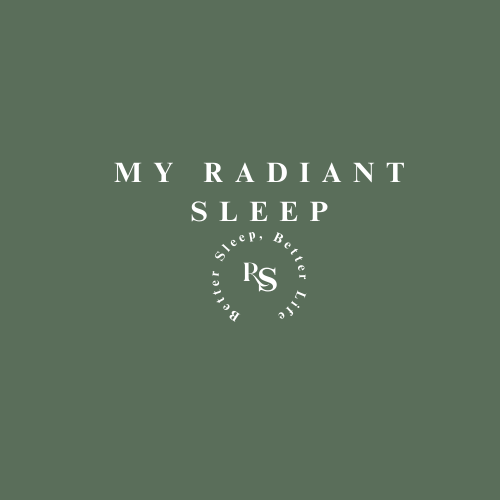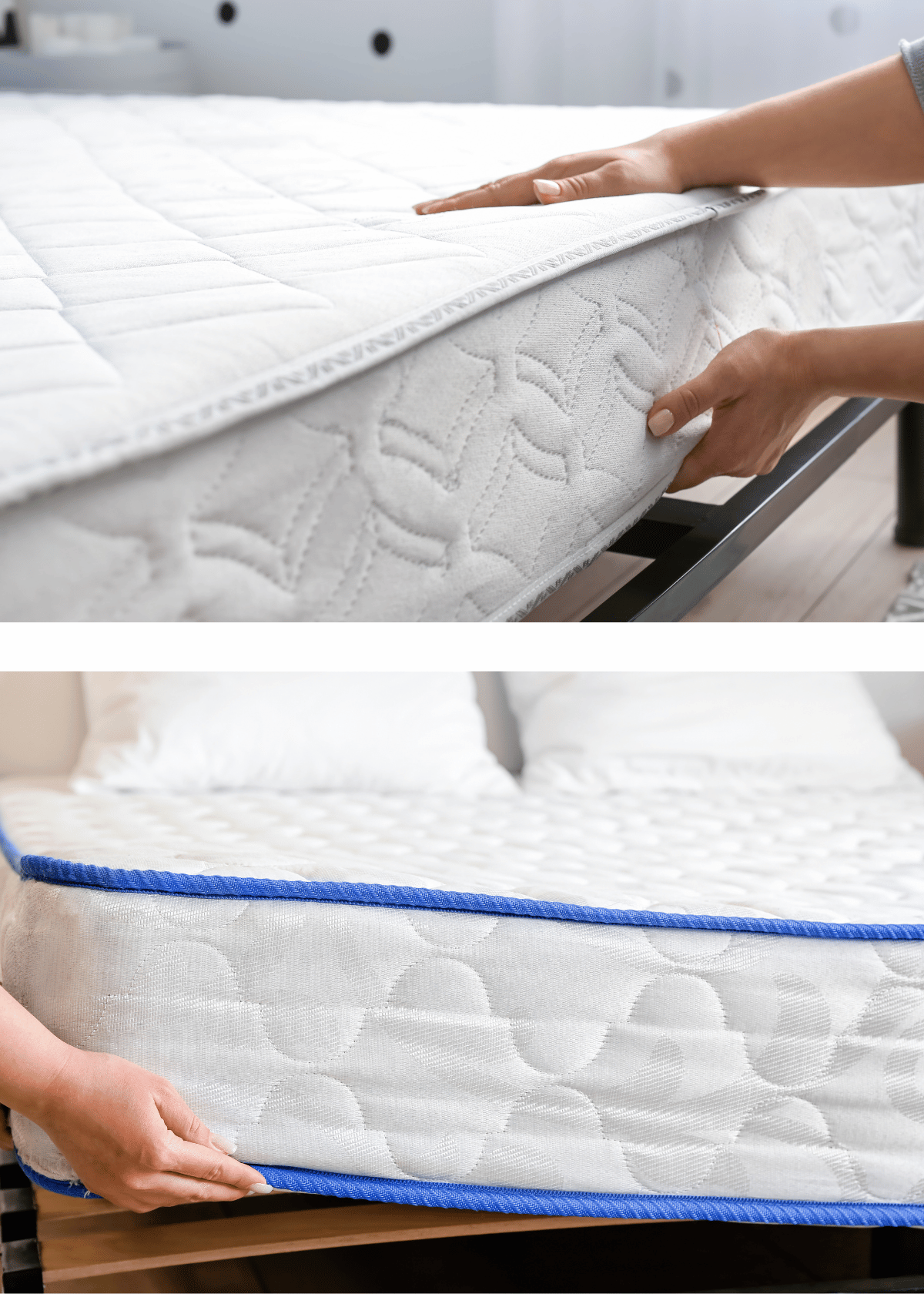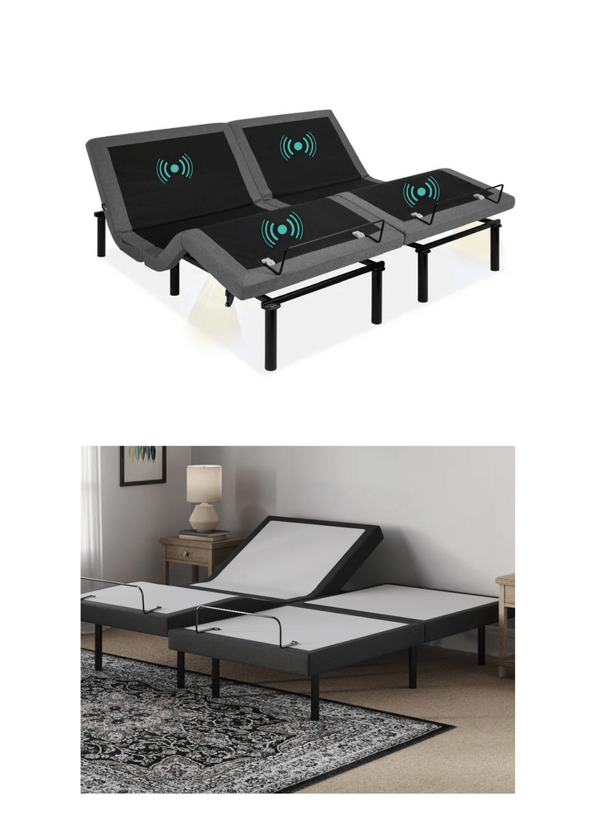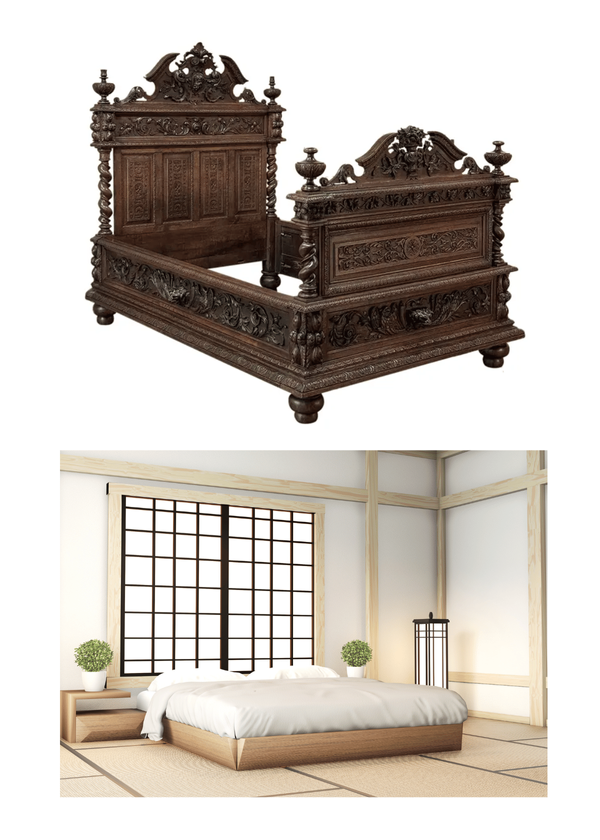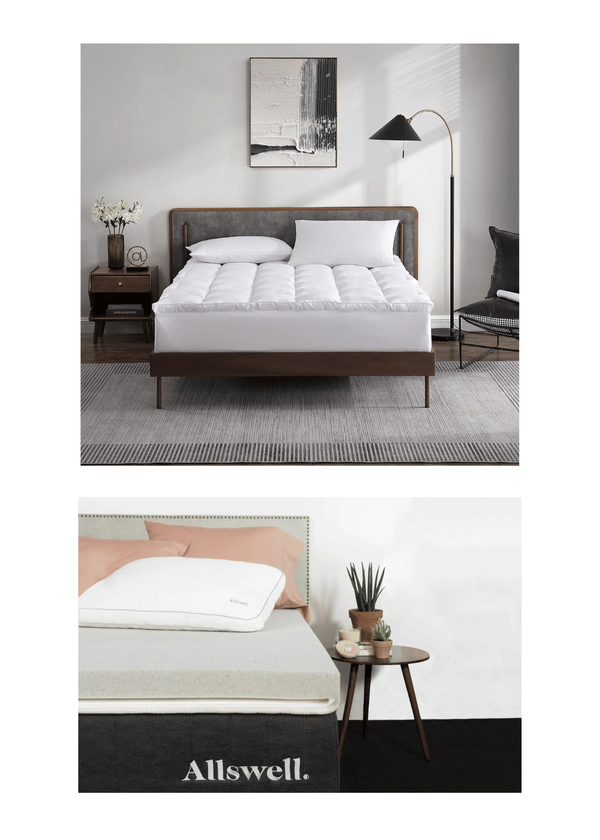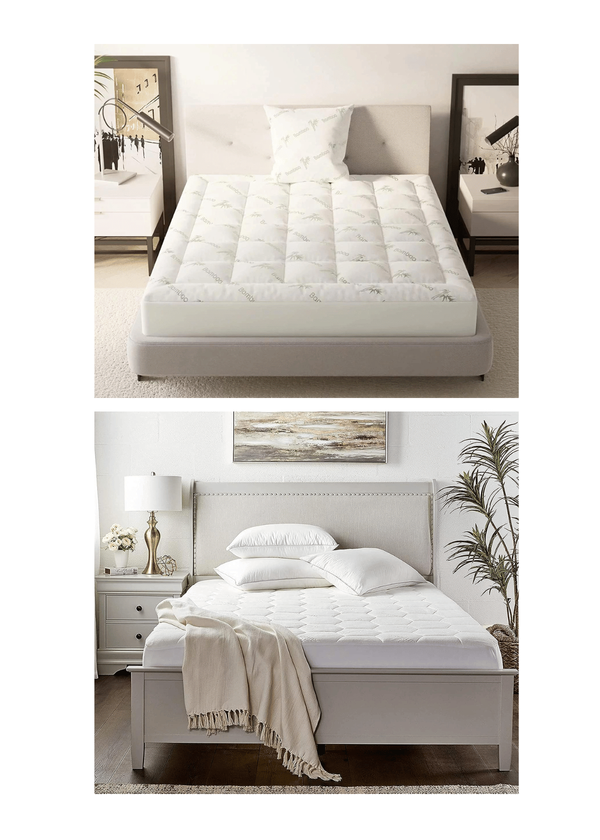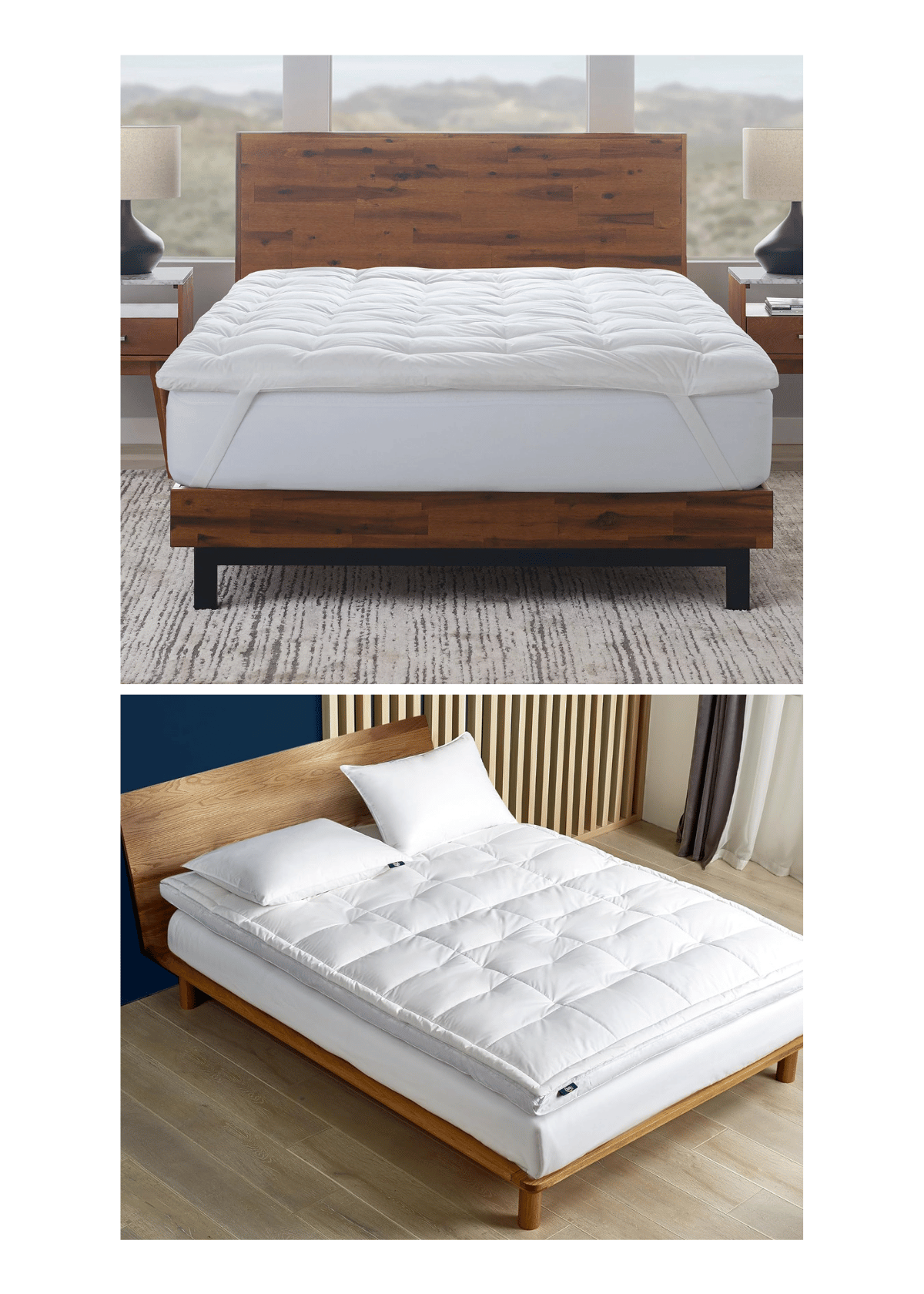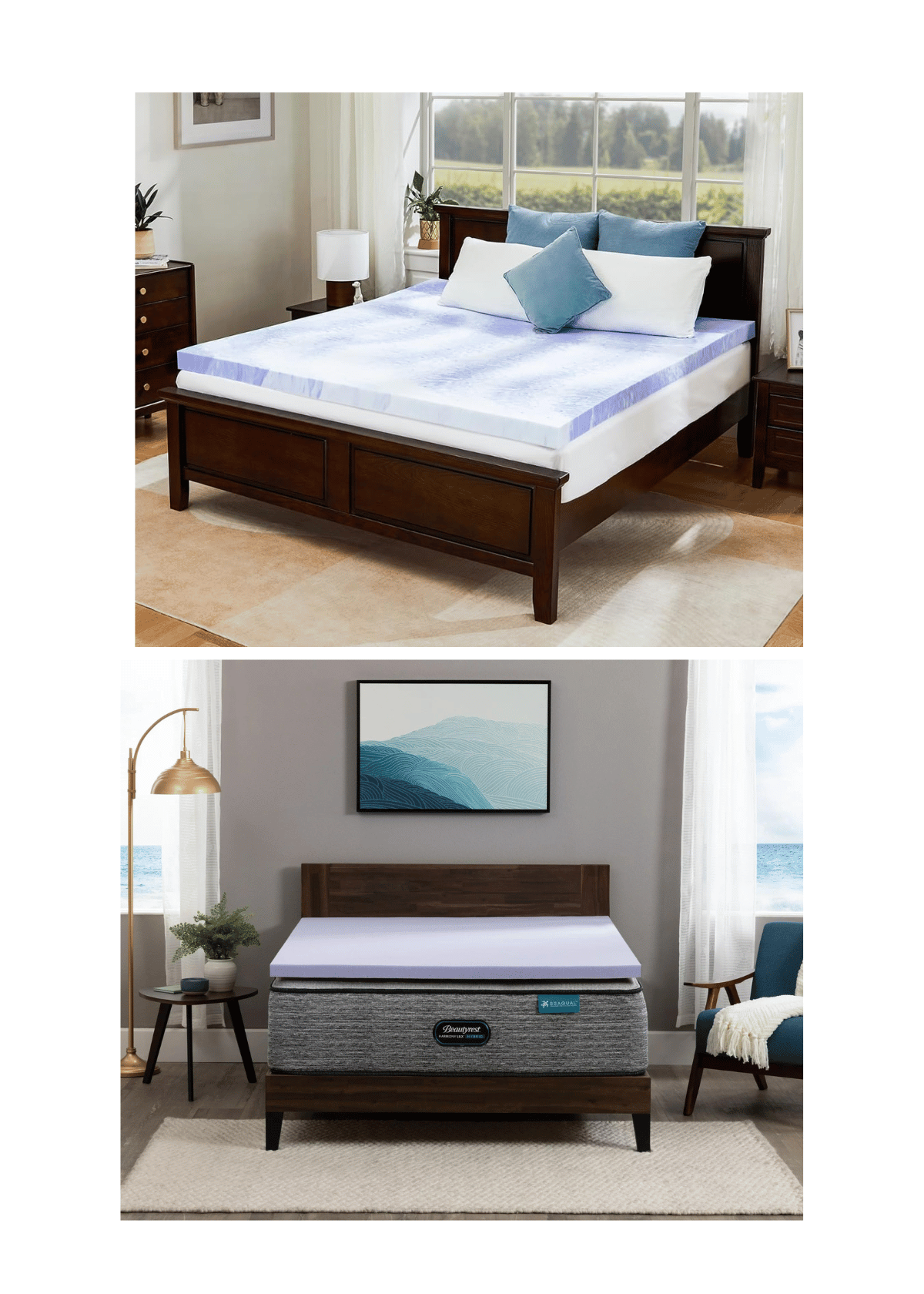(Last Update: 02/02/2025)
Have you ever felt aches after a night’s rest or noticed an uneven dip in your mattress?
The culprit might be simpler than you think – neglecting to flip or rotate your mattress.
Proper mattress care can extend its lifespan and significantly enhance your sleep quality.
Please learn the ideal frequency for rotating your mattress regularly and why this simple act can be the key to dreamy, uninterrupted slumber.
Your best night's sleep might be a rotation away.
Understanding Mattress Lifespan
Selecting the right mattress type is a significant decision that can influence the quality of your sleep. With the market brimming with various mattress types
Material Composition: The raw materials used are pivotal in determining a mattress's lifespan. For instance, innerspring mattresses tend to have a shorter life than latex or memory foam mattresses, primarily due to the wear and tear of springs over time.
Usage Patterns: How a mattress is used significantly impacts its longevity. A bed that supports heavier weights or requires more movement might deteriorate faster. Similarly, using a mattress solely for sleeping rather than multi-purpose activities can make a difference.
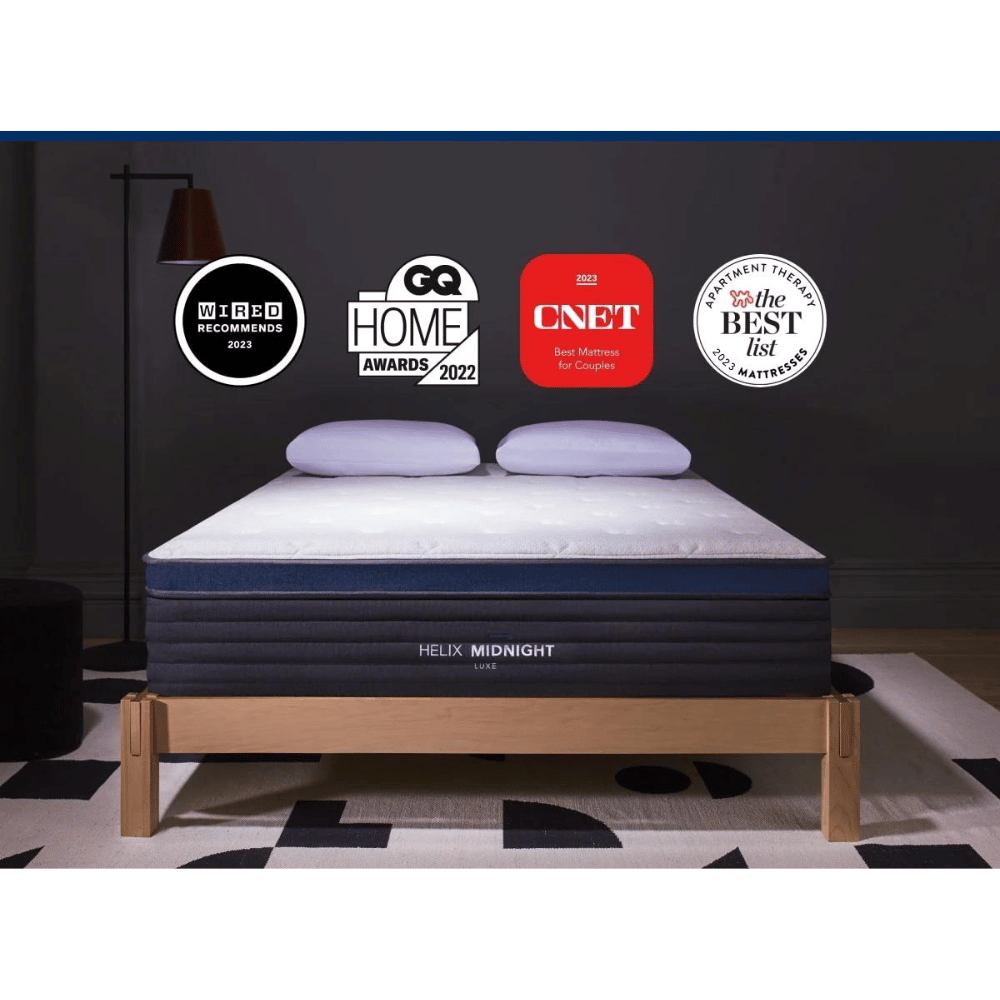
Benefits of Rotating Your Mattress
Memory foam mattresses, for instance, mold to your body shape, providing pressure relief. They might not need flipping as their top comfort layer is designed to be on top, but they may benefit from being rotated to prevent wear in the same spot. Depending on your mattress type, rotate it regularly to maintain even wear and longevity.
- Distributes wear evenly across the surface.
- Latex mattresses, on the other hand, are often denser than foam mattresses. Their comfort fillings are best maintained by occasionally flipping them.
- Prolonging Mattress Life: Just like rotating a car's tires to prevent uneven wear, rotating your mattress ensures that no single area absorbs all the stress over time. This simple act can add years to your mattress's functional life.
- Even Wear Distribution: Consistently sleeping in the same position can cause certain mattress parts to wear down faster.
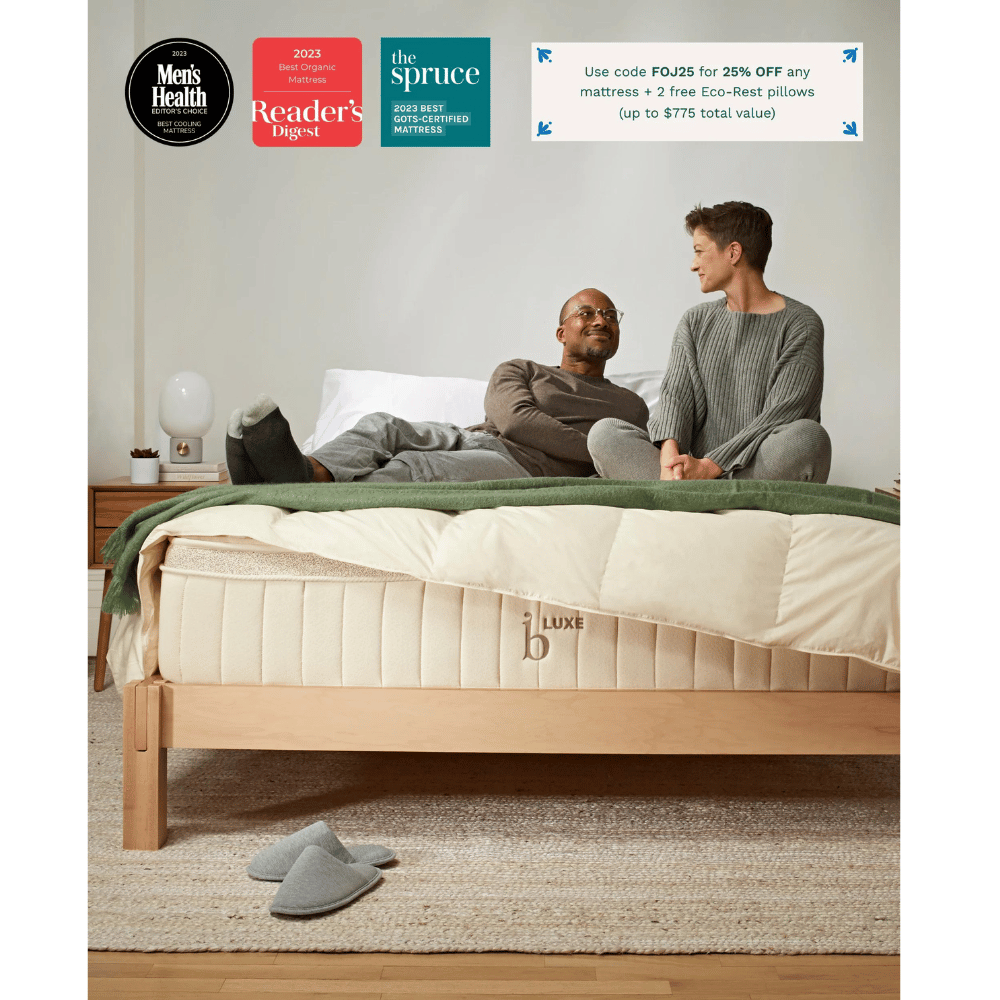
Rotation vs. Flipping: What's the Difference?
Which Mattresses Can Be Flipped:
Dual-sided Mattresses: These are designed to be used on both sides and can be flipped.
Some Innerspring Mattresses: Older models of innerspring mattresses without a designated top layer can often be flipped.
NOT Viscoelastic foam or Pillow Top: These are generally one-sided and should not be flipped, only rotated.
Benefits of Rotation:
- Distributes wear evenly across the surface.
- It helps prevent sagging in high-pressure areas, such as where your hips lie.
Benefits of Flipping:
- Flip a mattress regularly for even wear. It utilizes both sides of the mattress, giving you two wear surfaces.
- Mattress flipping helps distribute comfortable fillings: It can help prolong the lifespan of dual-sided mattresses.
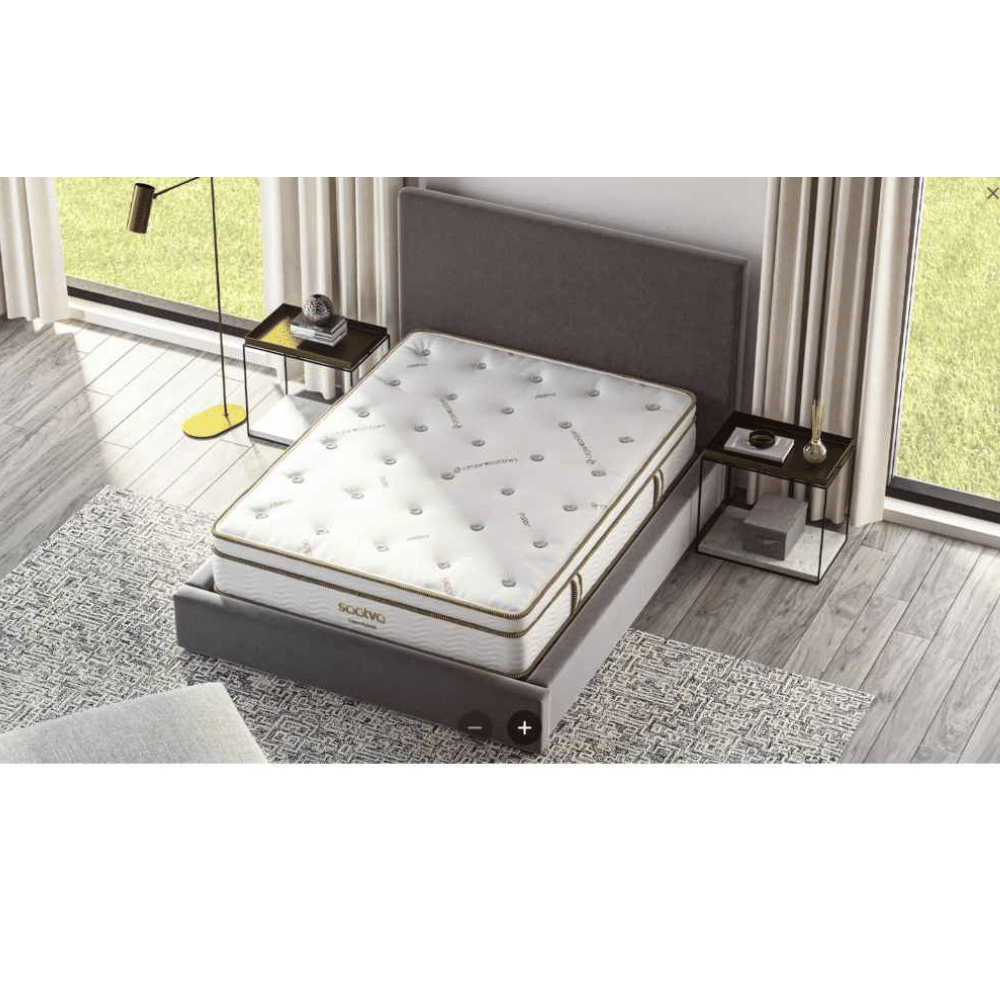
Top-rated mattresses that can be Rotated
Most mattresses benefit from periodic rotation. Rotating a mattress is vital for ensuring even wear, and the modern mattress designs on offer accommodate this need efficiently.
A heavy mattress makes rotation challenging. However, regular rotation can be crucial for maintaining your mattress's integrity and longevity.
Helix Midnight Luxe Mattress:
It is a sophisticated hybrid combining memory foam and coils with a medium-firm firmness level of 6.5 on a scale of 1 to 10. The comfort layer needs consistent maintenance, so rotate the foam layer to enhance durability.
Saatva Solaire:
Melding memory foam and springs are designed for optimal rotation and prolonged life.
- DreamCloud Premier Mattress:
DreamCloud Premier beds are double-sided mattresses that allow memory foam layer rotation, maximizing mattress life.
- Nectar Premier Copper Mattress:
Its Viscoelastic foam layer can be adjusted for even wear among the elite flippable mattresses.
- Nolah Evolution Hybrid Mattress:
Engineered for rotation, this hybrid offers Viscoelastic foam and coil benefits.
Bear Elite Hybrid Mattress:
- With its memory foam atop coils, rotating this bed ensures a consistently comfortable sleep.
- Prioritizing the health of your mattress will lead to sustained comfort and prolonged mattress life. Rotate, and let your mattress serve you longer.

Top-rated mattresses that Are unflippable
In the ever-evolving mattress industry, the construction of certain one-sided mattresses caters to specific needs, eliminating the necessity for rotation. It's crucial to note the design intentions when considering a new mattress:
- Birch Mattress: A unique latex construction that self-adjusts.
- WinkBeds EcoCloud Mattress: With its single-layer design, this memory foam mattress remains consistent without the hassle of rotation.
- GhostBed Mattress: This mattress is meticulously crafted with Viscoelastic foam. It offers extra support without requiring rotation.
- Brooklyn Bedding Sedona Elite Mattress: This hybrid powerhouse has individually wrapped coils underneath the memory foam.
Remember, not all mattresses are double-sided. If you flip a mattress designed to be one-sided, you might sleep on the box spring support system, which won't relieve the desired pressure points.
Signs It’s Time to Rotate
Uneven Surface and Lumps:
If you run your hand over your bed and notice uneven surfaces or feel lumps that weren’t there before, it indicates that your bed needs to be rotated. These irregularities can result from consistent pressure on certain areas.
Sleep Discomfort:
If you wake up feeling less rested or with more aches and pains than usual, it might be due to uneven wear on your mattress. Rotating it can help realign the mattress's structure.
Visible Sagging:
When certain areas, especially where you primarily sleep, start to sag or dip more visibly than others, it's a sure sign that it's time for a rotation to prevent further wear and tear.
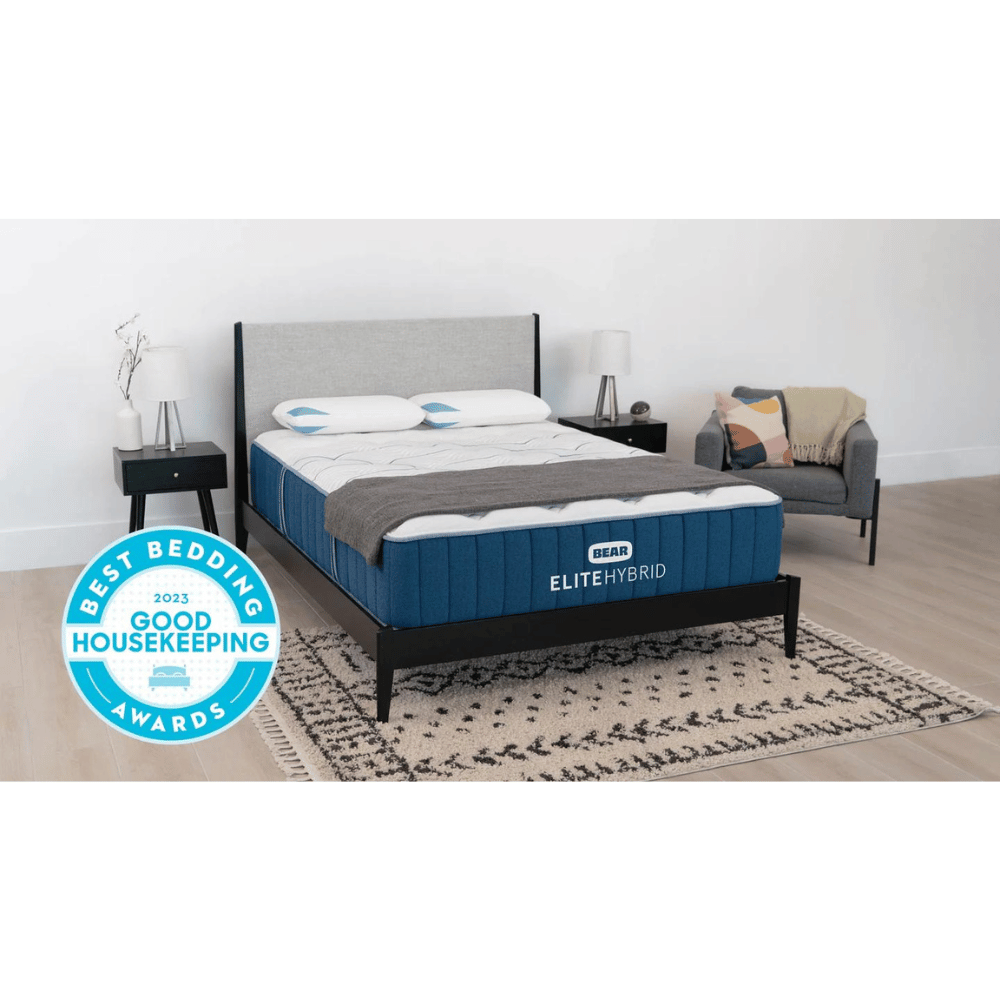
Ideal Rotation Frequency
Hybrid mattresses combine innerspring with foam or latex to provide a zoned comfort system. Although most hybrid mattresses are single-sided, rotating them helps keep comfort fillings evenly distributed for long-lasting support.
Recommendations by Type:
- Viscoelastic foam: Rotate every 6 to 8 months. Due to its dense nature, memory foam mattresses tend to retain their shape longer but can still benefit from periodic rotations.
- Innerspring: Rotate every 3 to 4 months. Springs can wear out or get compressed unevenly, so more frequent rotation is advisable.
- Hybrid (a blend of memory foam and innerspring mattress): Rotate every 4 to 6 months to balance the wear on the springs and the foam layers.
Step-by-Step Guide to Rotating Your Mattress
Preparing Your Bed:
- Remove Bedding: Remove all sheets, blankets, and pillows to expose the bed.
- Inspect the Mattress: This is a good time to check for stains, damages, or signs of wear. Address any cleaning needs before rotation.
- Clear the Area: Ensure ample space around the bed and remove any obstacles or delicate items in the way.
The Rotation Process:
- Grip Firmly:
- Stand at the foot of the bed and grip the sides with both hands.
- Turn Clockwise:
- Spin the mattress 180 degrees in a steady motion. If it's a queen or king-sized mattress, you might need a helping hand.
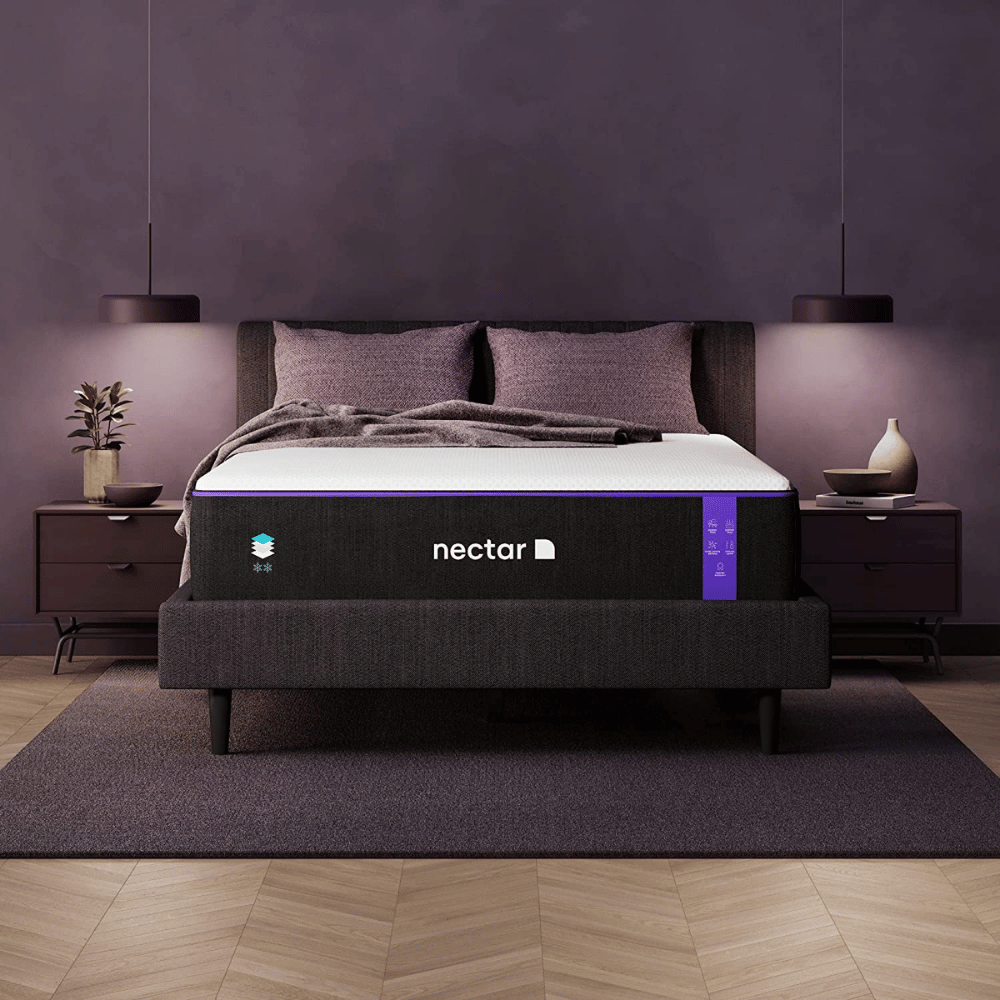
When Rotation Isn’t Enough: Considering Replacement
The Lifespan of Different Mattress Types:
Rotating mattresses prolongs their lifespan. Also, please use a mattress protector during flipping.
Memory Foam: Typically lasts 8-10 years, offering body-contouring comfort.
Innerspring: Generally good for 7-10 years, but the springs can wear out.
Latex: Given their resilience, these can last up to 12-15 years.
Hybrid: Lasts around 8-12 years, blending the best innerspring and foam.

Tips for Maintaining Mattress Health
Larger mattresses or those with extra cushioning can be heavy, making the task challenging. The weight and firmness levels should be considered when flipping or rotating.
Some mattresses, especially double-sided ones, must be flipped and rotated to prevent uneven wear on the top layers.
Ensuring a Supportive Bed Frame:
Even Weight Distribution: A solid frame provides uniform support.
Prevent Sagging: An appropriate frame prevents the mattress from sagging in the middle.
Air Circulation: Some frames, like slatted bases, promote better airflow, preventing mold and mildew.
Keeping the Bedroom Environment Optimal:
- Humidity Control:
- Dehumidifiers prevent mold growth and maintain bed integrity.
- Temperature:
- Keep the room cool (around 65°F or 18°C) for optimal mattress health and sleep comfort.
- Clean Regularly:
- Vacuuming the room and the mattress surface helps remove dust mites and allergens.
Conclusion:
So, how Often Should You Rotate Your Mattress for Optimal Sleep?
Taking diligent care of your mattress isn't merely about ensuring its longevity but also about guaranteeing the quality of your sleep.
A well-maintained mattress directly correlates with restful nights and healthier mornings.
By rotating your mattress, using protectors, and ensuring a supportive frame, you're investing in your bed's health and well-being.
Remember, the foundation of a good day starts with a good night's sleep and the regular rotation of your mattress.
Frequently Asked Questions
What is the golden rule for flipping mattresses?
The golden rule for flipping mattresses is always to consult the manufacturer's recommendations. While some mattresses are designed to be flipped periodically for even wear, others are one-sided and should only be rotated.
How often should a mattress be rotated?
Depending on its type and usage, a mattress should typically be rotated every 3 to 6 months. However, always refer to the manufacturer's guidelines. Regular rotation helps even wear distribution, prolongs the mattress's lifespan, and ensures consistent comfort during sleep.
Can you rotate a mattress too much?
Yes, over-rotating a mattress can lead to unnecessary wear and potential damage. While regular rotation helps distribute wear evenly, doing it too frequently might not allow the materials to recover or settle properly, potentially affecting their support and comfort qualities over time. Please follow the mattress manufacturer' guidelines.
What happens if you don't rotate your mattress?
Not rotating your mattress can develop uneven wear patterns, leading to sagging, indentations, and reduced comfort. Neglect might accelerate its deterioration, potentially causing discomfort during sleep and reducing the mattress's lifespan.
